Pakistan’s sesame exports to China surge 87% as Beijing’s edible oil demand grows
ISLAMABAD: Pakistan’s sesame seed exports to China jumped 87% in the first nine months…
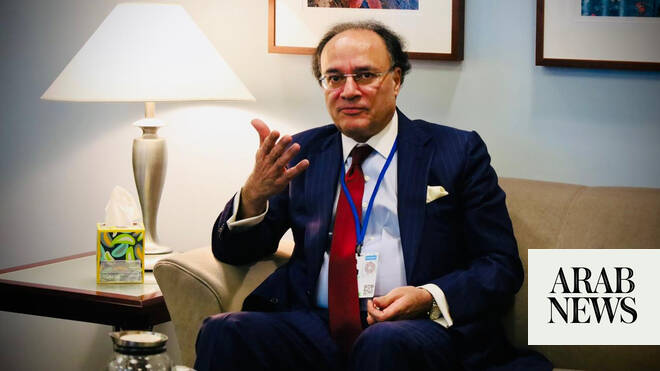
ISLAMABAD: Pakistan’s sesame seed exports to China jumped 87% in the first nine months…
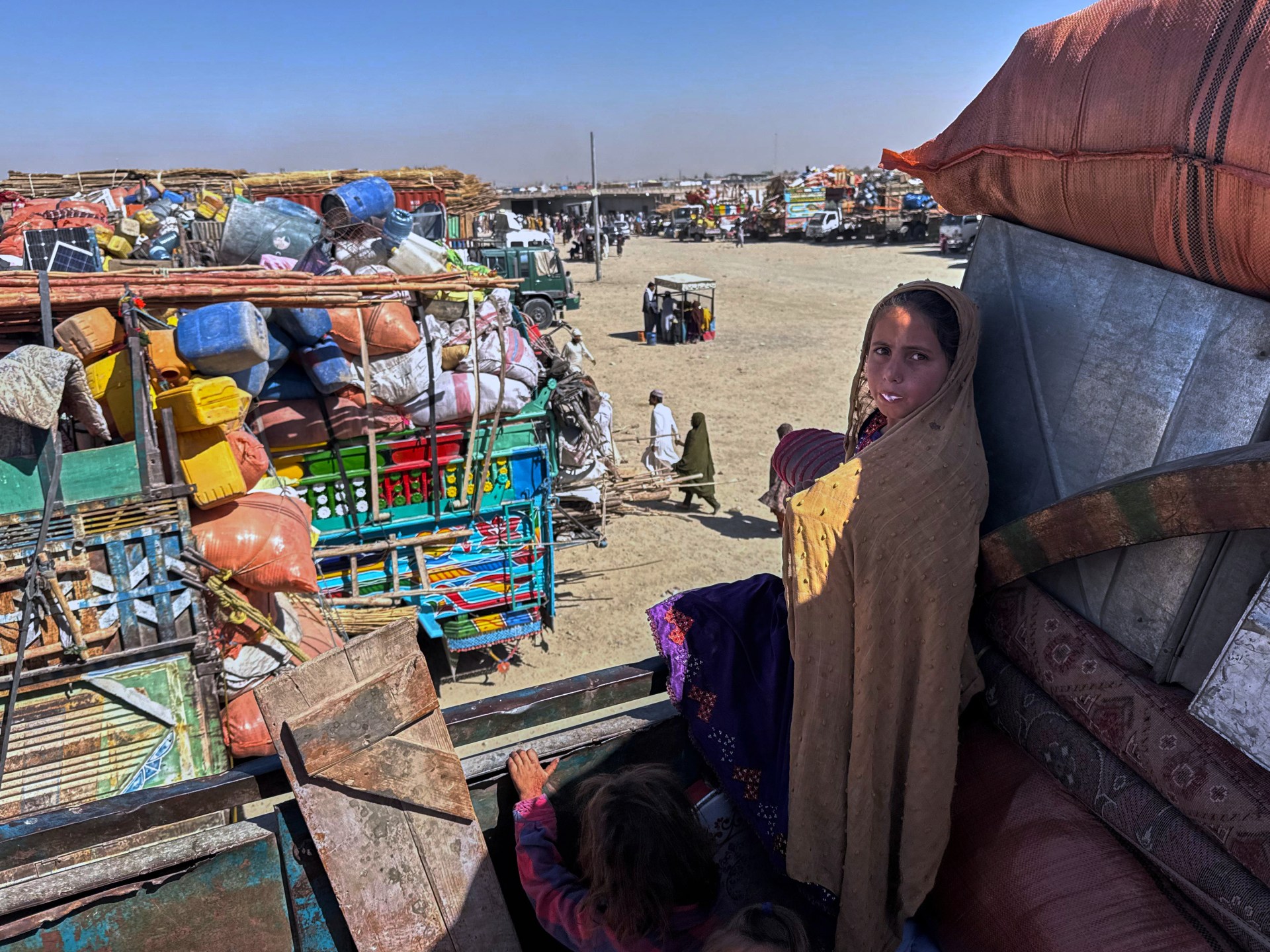
Islamabad, Pakistan – Allah Meer’s parents were among the millions of Afghans who fled their country after the then-Soviet Union invaded Afghanistan in 1979.
His family settled in a refugee village in Kohat in northwestern Pakistan. That’s…

Jenny CastertonProducer, The Crash Detectives
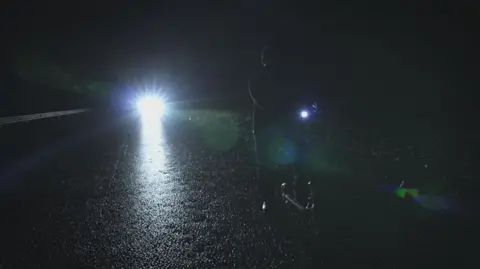 BBC
BBCAn electric scooter rider who died at the scene of a late-night crash had been travelling…

OpenAI on Tuesday unveiled ChatGPT Atlas, a long-anticipated artificial intelligence-powered web browser built…

Fantastic Finish: Thunder outlast Rockets in 2OT on ring night.
OKLAHOMA CITY — The Thunder needed a Game 7 to prove it was the best team last season, then two overtimes to open this season and show that … not much has changed?
Perhaps….

9pm, U&Alibi
There’s an explosive start to this US action thriller when a bomb rips apart a secret underground prison in Wyoming – and the nation’s most dangerous serial killers escape. It’s up to former FBI profiler…
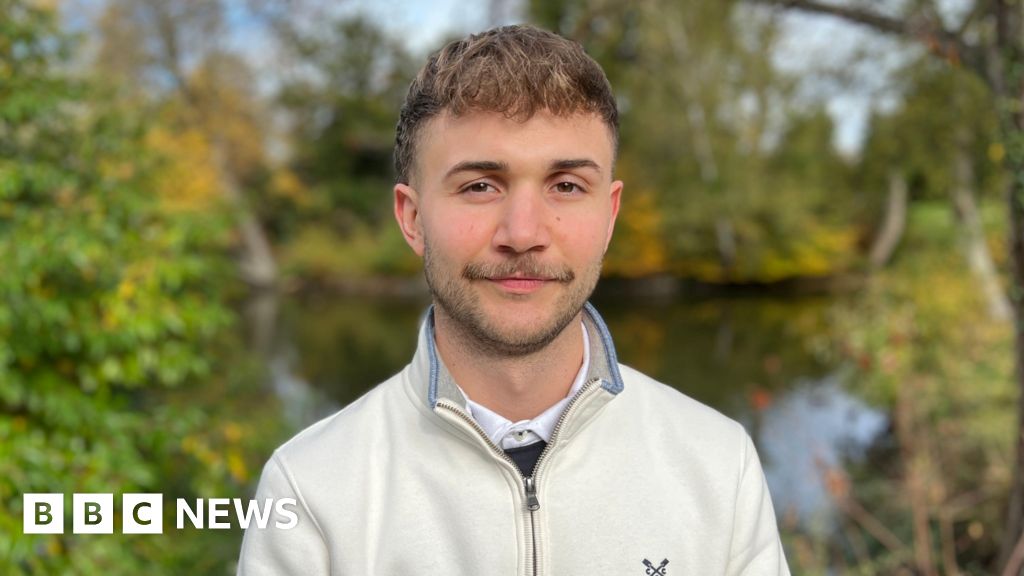
Steve KnibbsGloucestershire and
Carys NallyBBC News, West of England
 BBC
BBCA student who tried to take his own life wants to raise awareness of issues around male mental…

Austen’s Pride and Prejudice was read by Queen Victoria and Prince Albert together and the monarch recorded in her journal in July 1853 that her husband read it to her as she recovered from measles.
George IV, an avid reader of novels, kept a set…

The copy of Pride and Prejudice that Prince Albert read to Queen Victoria will go on public display for the first time at Windsor Castle later this month.
George IV’s specially bound copy of Emma, personally dedicated by Jane Austen to the future…
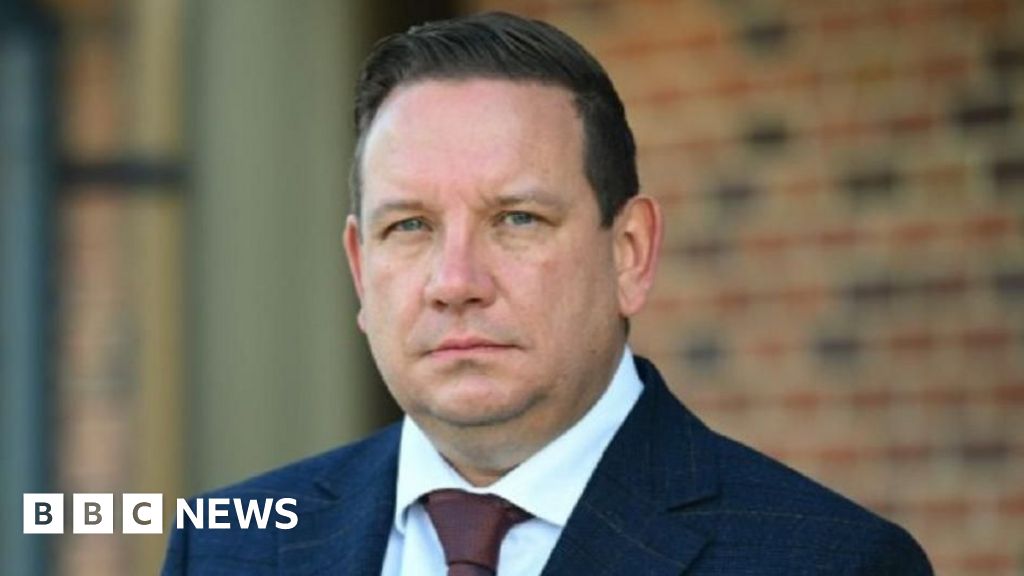
Rachel RussellSouth of England
A police chief has shared how “incredibly challenging” working in the…